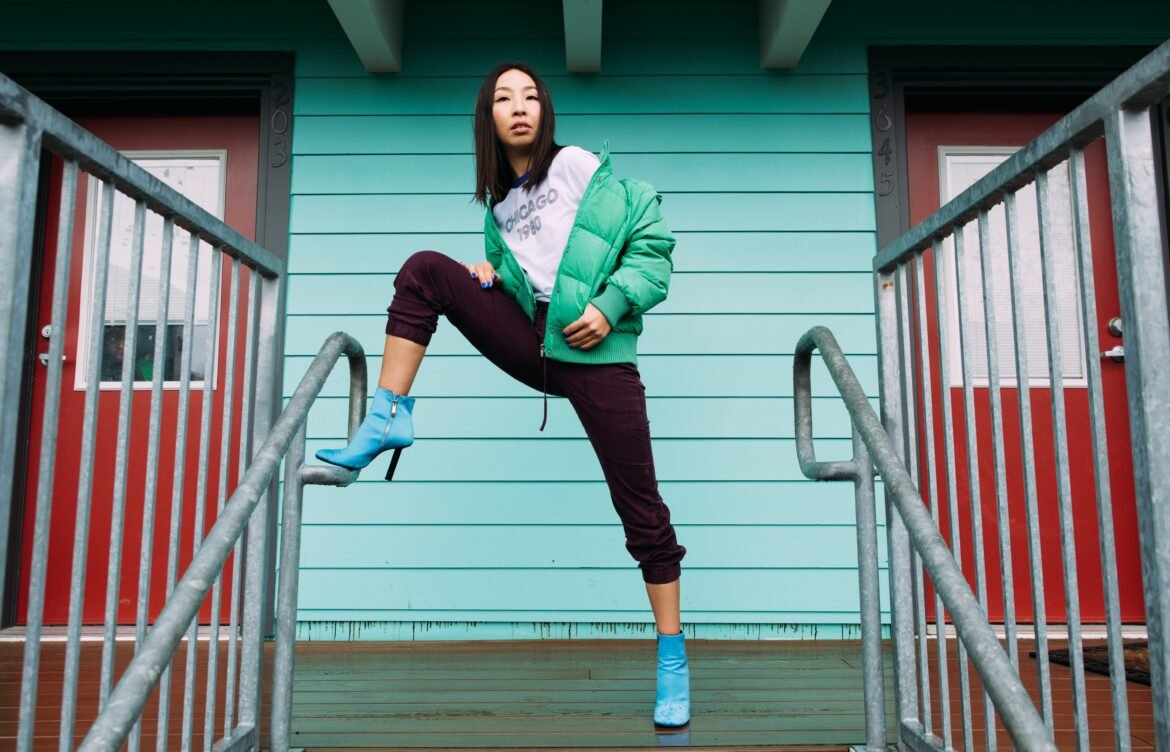
Navigating Trends: How to Stay Relevant in the Fashion Industry
Introduction
In the dynamic world of fashion, staying relevant is essential to success. Trends come and go faster than ever, driven by changing consumer preferences and advancements in technology. In this article, we’ll delve into the strategies that fashion businesses can adopt to navigate trends and maintain their relevance in the ever-evolving landscape.
Understanding the Fashion Landscape
Before diving into strategies, let’s grasp the modern fashion landscape. It’s not just about aesthetics anymore – sustainability, inclusivity, and digital innovation have become integral aspects. The shift from fast fashion to ethical and eco-friendly practices has reshaped the industry.
1. Embrace Sustainability as a Core Value
Sustainability isn’t just a buzzword; it’s a fundamental shift in consumer mindset. Incorporating sustainable practices into your fashion business not only aligns with current values but also sets you up for long-term success. Utilize keywords like “sustainable fashion,” “eco-friendly materials,” and “ethical production” to signal your commitment.
2. Data-Driven Trend Analysis
Leverage the power of data to predict and understand trends. Analyze social media engagement, search volume, and consumer behavior patterns. Tools like Google Trends and social listening platforms can provide invaluable insights. Integrate keywords like “fashion trend analysis” and “data-driven fashion insights” to enhance your content’s SEO.
3. Create High-Quality Content
In the digital age, content is king. Develop a blog or resource center on your website that offers valuable fashion tips, trend forecasts, and style guides. Incorporate relevant keywords naturally to improve your search ranking. For instance, “2023 fashion trends” and “how to style [specific trend]” can attract traffic.
4. Leverage Influencer Collaborations
Influencer marketing remains a potent strategy. Partner with influencers who resonate with your brand ethos. Collaborative posts, videos, and reviews can showcase your products to a wider audience. Use keywords like “fashion influencer collaboration” and “style review by [influencer name]” to optimize your content.
5. Optimize for Voice Search
With the rise of smart assistants, optimizing for voice search is crucial. People use different phrasing when speaking compared to typing. Incorporate long-tail keywords and natural language in your content. For instance, “Hey Siri, what are the latest fashion trends?” Consider voice-friendly phrases like this for better visibility.
6. Social Media Engagement
Engaging with your audience on social media is paramount. Post regularly, respond to comments, and run interactive campaigns like polls and challenges. Utilize trending hashtags like #FashionFriday or #TrendyTuesday to increase your content’s discoverability.
7. Diversify Product Offerings
Don’t put all your eggs in one basket. Diversify your product offerings to cater to various tastes and preferences. This might involve collaborations with other designers, launching limited editions, or introducing new styles based on emerging trends.
8. Personalization through AI
Artificial intelligence can enhance the customer experience. Utilize AI to recommend personalized fashion choices based on browsing and purchase history. Keywords like “AI-powered fashion recommendations” and “personalized style choices” can attract users searching for such solutions.
9. Build a Strong Online Presence
A robust online presence is non-negotiable. Invest in a user-friendly website with easy navigation. Optimize your site for mobile devices as well. Use keywords like “online fashion store,” “shop the latest trends,” and “buy fashion online” to attract online shoppers.
10. Collaborate with Tech Innovators
Fashion and technology go hand in hand. Collaborate with tech innovators to create smart clothing, wearable gadgets, or augmented reality shopping experiences. Keywords such as “tech-infused fashion” and “AR fashion shopping” can highlight your forward-thinking approach.
11. Education and Awareness
Educate your audience about sustainable fashion practices and industry trends. Regularly publish informative articles, videos, or webinars. Addressing topics like “How to make ethical fashion choices” and “The future of fashion sustainability” can establish your authority in the field.
12. Offer Limited Collections
Create a sense of urgency and exclusivity by offering limited collections. This strategy encourages consumers to make quicker buying decisions to avoid missing out. Keywords like “limited edition fashion” and “exclusive fashion collection” can attract eager shoppers.
13. Engage in Social Issues
Consumers appreciate brands that stand for something beyond profits. Engage in social issues like body positivity, diversity, and inclusivity. Showcase your commitment through keyword-optimized content like “fashion industry diversity” and “inclusive fashion campaigns.”
14. Continuous Learning and Adaptation
The fashion industry evolves rapidly. Stay ahead by continuously learning about emerging trends, technologies, and consumer behaviors. Adapt your strategies accordingly. Incorporate keywords like “evolving fashion trends” and “adapting to fashion changes” in your content.
15. Measure and Refine
Regularly measure the effectiveness of your strategies. Monitor website traffic, engagement metrics, and conversion rates. Refine your approach based on what works best. Use keywords like “measuring fashion marketing ROI” and “optimizing fashion content strategy.”
Conclusion
Navigating trends in the fashion industry requires a blend of creativity, adaptability, and strategic thinking. By embracing sustainability, leveraging data, engaging with influencers, and staying tech-savvy, fashion businesses can remain relevant in the ever-changing landscape. Remember, it’s not just about following trends – it’s about setting them and staying ahead of the curve.
